Private aviation companies are exploring the possibility of using rockets to carry passengers long distances in much less time than commercial planes.
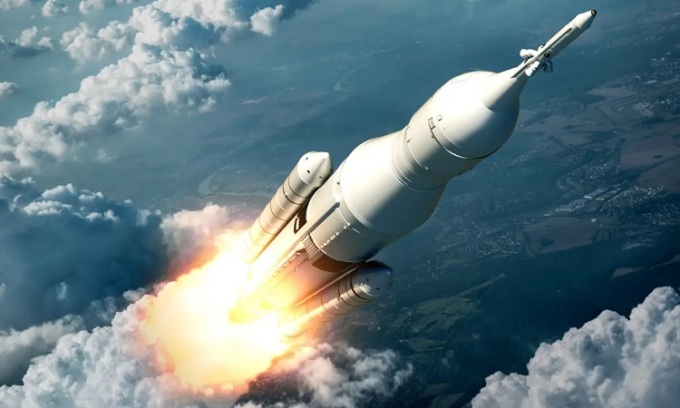
The rocket travels much faster than a commercial passenger plane. Photo: 3D Sculptor
In early May, Australian airline Qantas announced plans for the world’s longest nonstop flight from Sydney to New York or London in 20 hours, scheduled to begin in 2025. However, according to research released a few weeks later by the UK Civil Aviation Authority, that journey could be shortened to two hours, one-tenth of Qantas’s flight time, if rockets were used.
The approach, called point-to-point rocket travel, could use rockets to launch spacecraft into suborbital flight, allowing them to travel at speeds of up to 4,000 mph (6,437 km/h), according to David Doughty, CEO of Admiral Jet, a private jet and helicopter company. Current large commercial jets fly at around 550 to 600 mph (885 to 965 km/h) at cruising speed, so the speed of the rocket would make a big difference in arrival times. “Rockets could change the way we think about travel and open up new opportunities for exploration and discovery,” Doughty said.
Several space companies are testing the technology needed to rocket from one point to another. Billionaires including Richard Branson, Elon Musk, and Jeff Bezos are joining the new space race through their respective companies Virgin Galactic, SpaceX, and BlueOrigin. Virgin Galactic announced in late May that it had successfully completed its fifth space flight and that commercial space flights could begin as early as June.
The U.S. military is also working with SpaceX, Blue Origin, and Rocket Lab to explore the possibility of rockets traveling from one point to another to deliver cargo, said Joe Cassady, an aerospace engineer with NASA. They have made significant progress in developing reusable rockets, but there is still a long way to go before they are ready for commercial flights. Building launch facilities, setting up flight corridors, and coordinating air traffic control systems will require significant capital investment as well as collaboration between space companies and the government.
Additionally, rockets use volatile fuels that can explode in large quantities, so the launch site is likely to be in a remote location, such as SpaceX’s Boca Chica, Texas, test site near the Mexican border, rather than a convenient large city. Finally, the industry needs to consider the environmental impact, both on Earth and in space.
During launch and landing, passengers experience large G-forces, or accelerations, according to Cassady. Astronauts today experience G-forces of three, which makes their bodies feel three times heavier than they would on the ground. So the seats need to be contoured to absorb some of the load.
Passengers will need to wear pressurized spacesuits and helmets during the 10-minute takeoff and 40-minute landing. But during the 30-60 minutes in orbit, they can experience weightlessness. They can take off the pressurized spacesuits and float freely.
An Khang (According to Business Insider )
Source link




![[Photo] Fireworks light up the sky of Ho Chi Minh City 50 years after Liberation Day](https://vphoto.vietnam.vn/thumb/1200x675/vietnam/resource/IMAGE/2025/4/30/8efd6e5cb4e147b4897305b65eb00c6f)

![[Photo] Feast your eyes on images of parades and marching groups seen from above](https://vphoto.vietnam.vn/thumb/1200x675/vietnam/resource/IMAGE/2025/4/30/3525302266124e69819126aa93c41092)



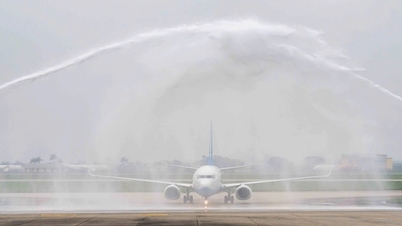

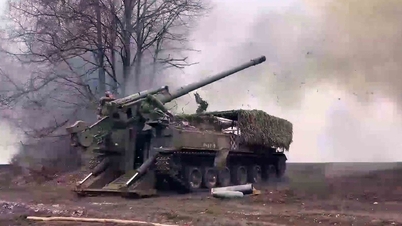


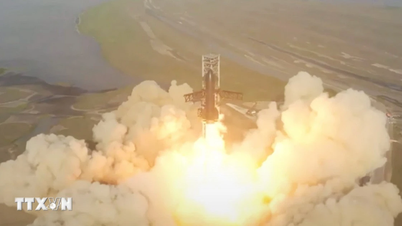





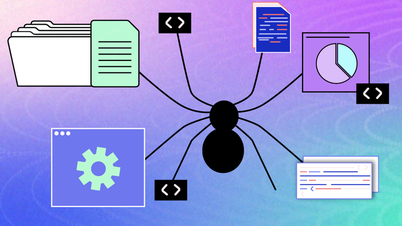



























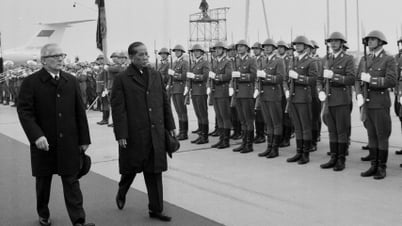

















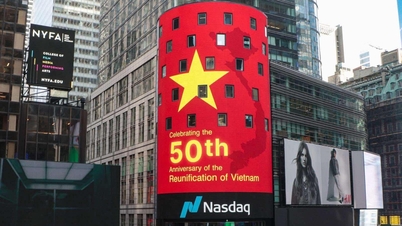













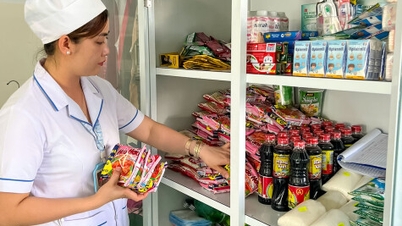




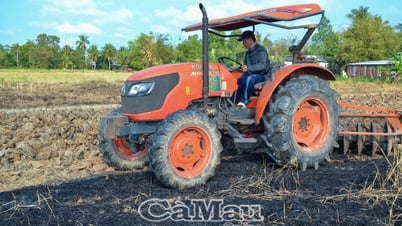














Comment (0)